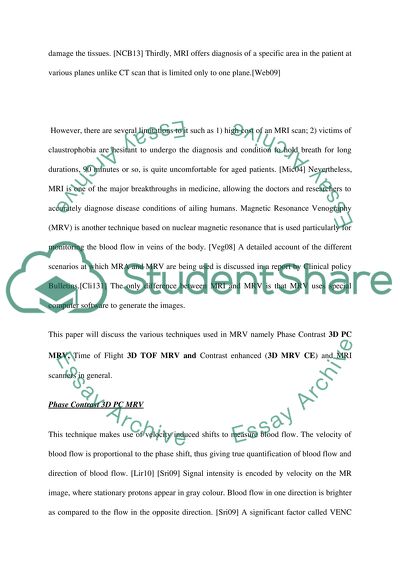Cite this document
(“MRI Essay Example | Topics and Well Written Essays - 1500 words - 1”, n.d.)
MRI Essay Example | Topics and Well Written Essays - 1500 words - 1. Retrieved from https://studentshare.org/physics/1481675-mri
MRI Essay Example | Topics and Well Written Essays - 1500 words - 1. Retrieved from https://studentshare.org/physics/1481675-mri
(MRI Essay Example | Topics and Well Written Essays - 1500 Words - 1)
MRI Essay Example | Topics and Well Written Essays - 1500 Words - 1. https://studentshare.org/physics/1481675-mri.
MRI Essay Example | Topics and Well Written Essays - 1500 Words - 1. https://studentshare.org/physics/1481675-mri.
“MRI Essay Example | Topics and Well Written Essays - 1500 Words - 1”, n.d. https://studentshare.org/physics/1481675-mri.


